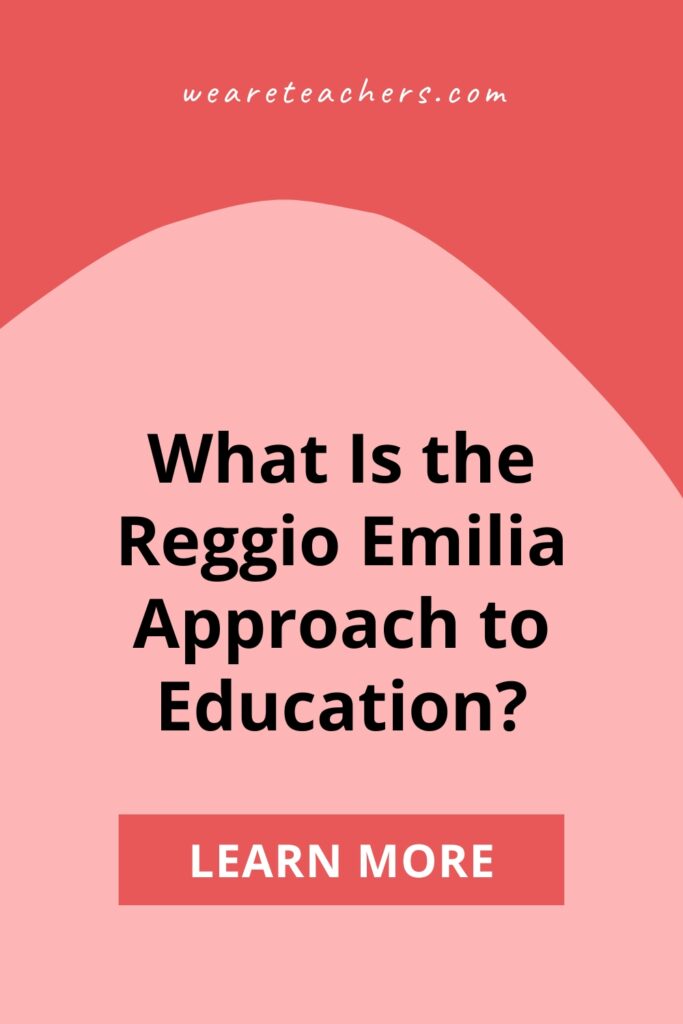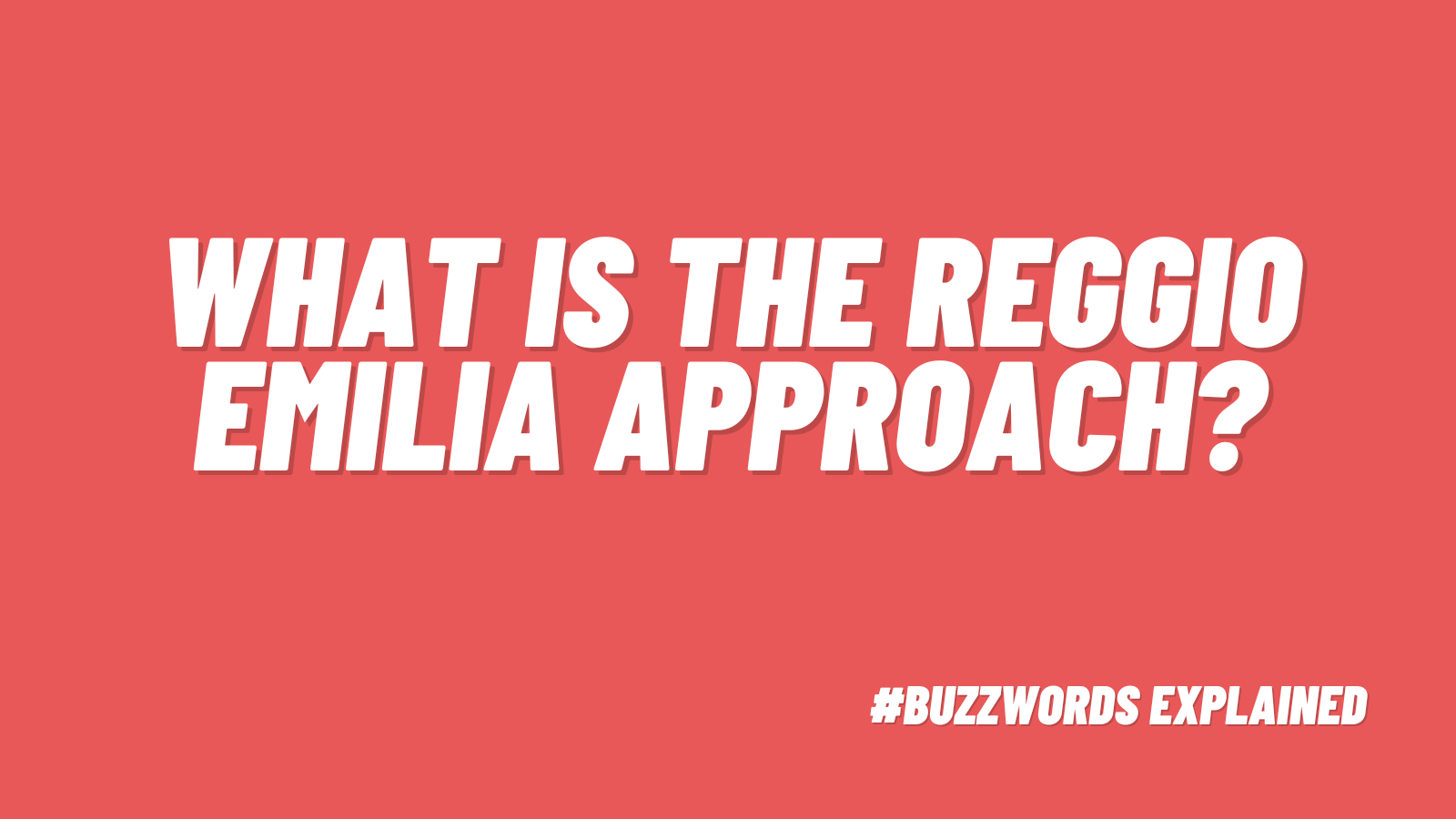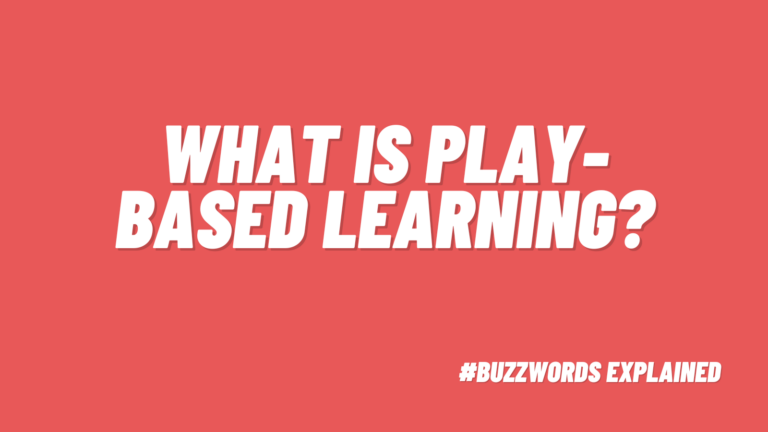The Reggio Emilia approach in education started in a town in Italy. Today, more than 1,200 schools in the United States use the Reggio Emilia approach. It’s one of the many school options that parents and early childhood educators have when they’re looking for preschools. But what is it, exactly?
When did the Reggio Emilia approach start?
After World War II, the Italian government gave funds to communities for rebuilding. Around Reggio Emilia, a small town in northern Italy, the community decided to invest in early education.
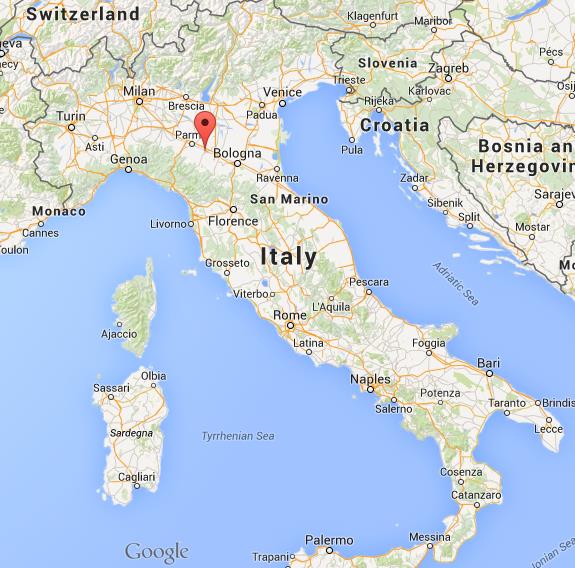
Image: Our Italian Journey
The community built a school for infants and toddlers by replacing materials destroyed in the war. Local educator Loris Malaguzzi, who founded the school, believed that children were not “blank slates” but had the ability to initiate and construct their own learning. Malaguzzi thought that children had a natural curiosity and the teacher’s job was to cultivate and encourage that curiosity. He also believed that children are always looking to express themselves, and he is known for his idea that children have “100 languages.”
What are the core ideas of the Reggio Emilia approach?
The core ideas of Reggio Emilia are:
- Young children can initiate their own learning.
- Children should take part in creating the curriculum.
- The classroom environment is a “third teacher.”
- Children should have time to create and express themselves in a variety of ways.
What makes a school Reggio Emilia?
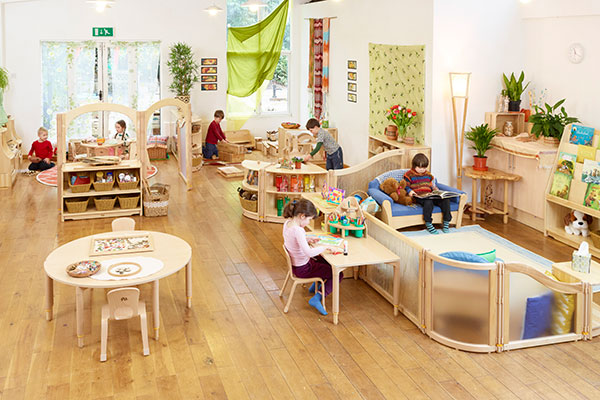
Image: Cadence Education
There is no official Reggio Emilia certification, so many schools incorporate the ideas to become Reggio Emilia–inspired. Reggio Emilia schools are typically preschool only—they do not go beyond kindergarten. If you’re looking to work at or send your child to a Reggio Emilia school, look for the way the school commits to encouraging curiosity, exploration, and expression, and how students participate in every part of the day.
What does a day look like in a Reggio Emilia school?
Schools that use the Reggio Emilia approach do not have a set curriculum. Children are seen as naturally curious and competent, so teachers set up activities that relate to students’ interests. Then, children follow their curiosity and engage in the activities while teachers direct their exploration.
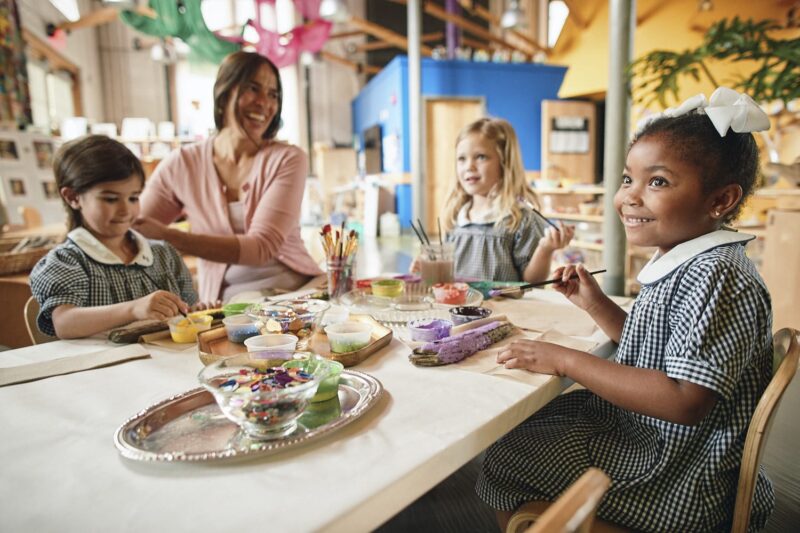
Image: New Orleans Mom
Planning in Reggio Emilia schools takes a bottom-up approach. Teachers create the curriculum with the students. Based on the students’ interests, teachers will set up activities around a topic or theme. Then, teachers will follow the students’ interests until the students have learned everything they want to know. For example, a group of students who are interested in the mail system and how the post office works may spend weeks or longer studying and investigating this, while another group may spend the same time studying something completely different.
Self-expression is an important part of any school that takes the Reggio Emilia approach. As part of the idea that children communicate in 100 languages, students will have many ways to create art or express themselves through language, gestures, painting, shadow play, dramatic play, writing, and more.
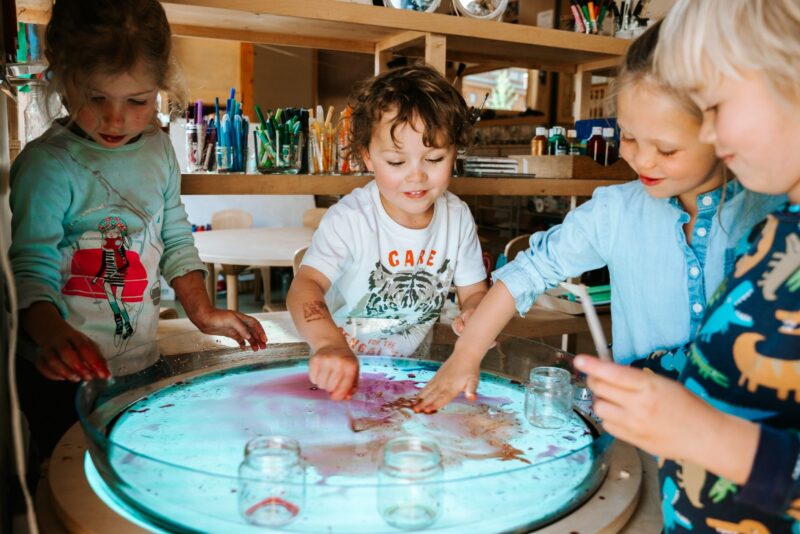
Image: Teton Science
Literacy and math are embedded but not explicitly taught in the instruction. Teachers also focus on teaching cooperation, empathy, and creative thinking, all skills that students will use in kindergarten and beyond. Teachers track student learning through work portfolios.
What does a Reggio Emilia classroom look like?
In the Reggio Emilia approach, the classroom is an important aspect of learning, so much so that it’s often called the “third teacher.” Many Reggio Emilia classrooms and schools are designed to be pleasant spaces in their own right. Classroom layouts are open-ended with lots of opportunities to explore and interact. There are no sets of materials, but students can draw from everything from art (clay, paint) and natural materials (wood, plants) to modern technology, depending on the community.
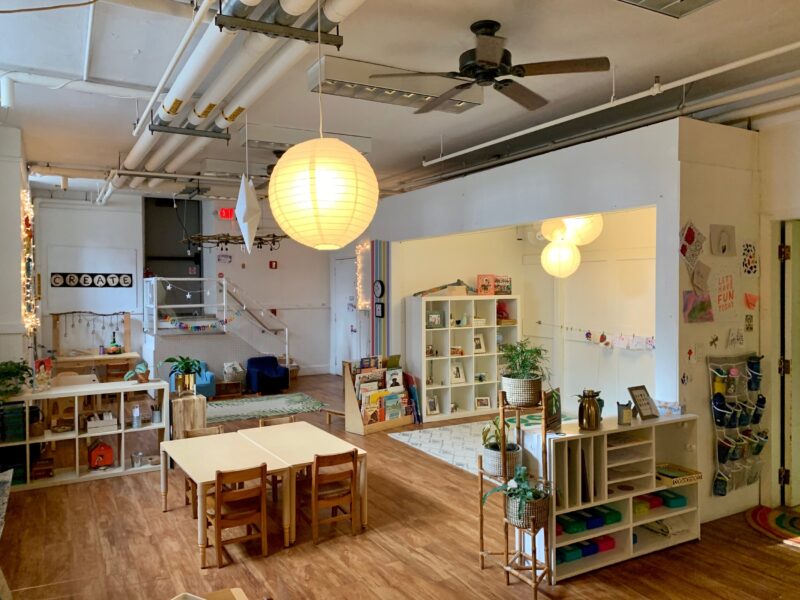
Image: Newtowne School
In a classroom, you’ll also see lots of student work on display, often with a description of how the work was created.
How is the Reggio Emilia approach different than Montessori?
It’s a fair question—both approaches come from Italy and both focus on self-direction and exploration. And both have a focus on cultivating the right environment and community.
In Reggio Emilia, children are at the center of their learning and teachers guide children’s exploration. In Montessori, children work through the Montessori curriculum and teachers direct their work.
Montessori encourages students to direct their experience from prepared activities. Students work independently or in groups of two or three. In Reggio Emilia, teachers plan lessons based on student interest and adjust lessons in real time based on what they are seeing in the students. There is an emphasis on collaboration and cooperative work.
Reggio Emilia classrooms are set up to display student work and create lots of space for projects. Montessori classrooms have a similar structure with specific spaces and materials to provide different experiences. Montessori classrooms are multi-age, with children ages 3 to 5 together, while Reggio Emilia classrooms are more traditional, with students progressing through one classroom each year.
Finally, Montessori materials are established and self-corrective, meaning that if a child fails to complete the task correctly, they can try again and correct their mistake. In Reggio Emilia, the classroom materials are more flexible and open-ended, without any prescribed way of using them.
Read more: What Is a Montessori School?
Does research support the Reggio Emilia approach?
In general, since Reggio Emilia is a set of ideas and philosophies, not a structured curriculum, the research does not ascribe any specific outcomes to Reggio Emilia. One study found no significant effects of Reggio Emilia programs, compared to other similar programs. This does not mean that the ideas in Reggio Emilia do not have value, as they have been incorporated into many preschools, and early education today is much different than it was when Reggio Emilia was started.
Do you have experience with the Reggio Emilia approach? Share your thoughts in our WeAreTeachers HELPLINE group on Facebook.
For more articles like this one, be sure to subscribe to our newsletters to find out when they’re posted!
